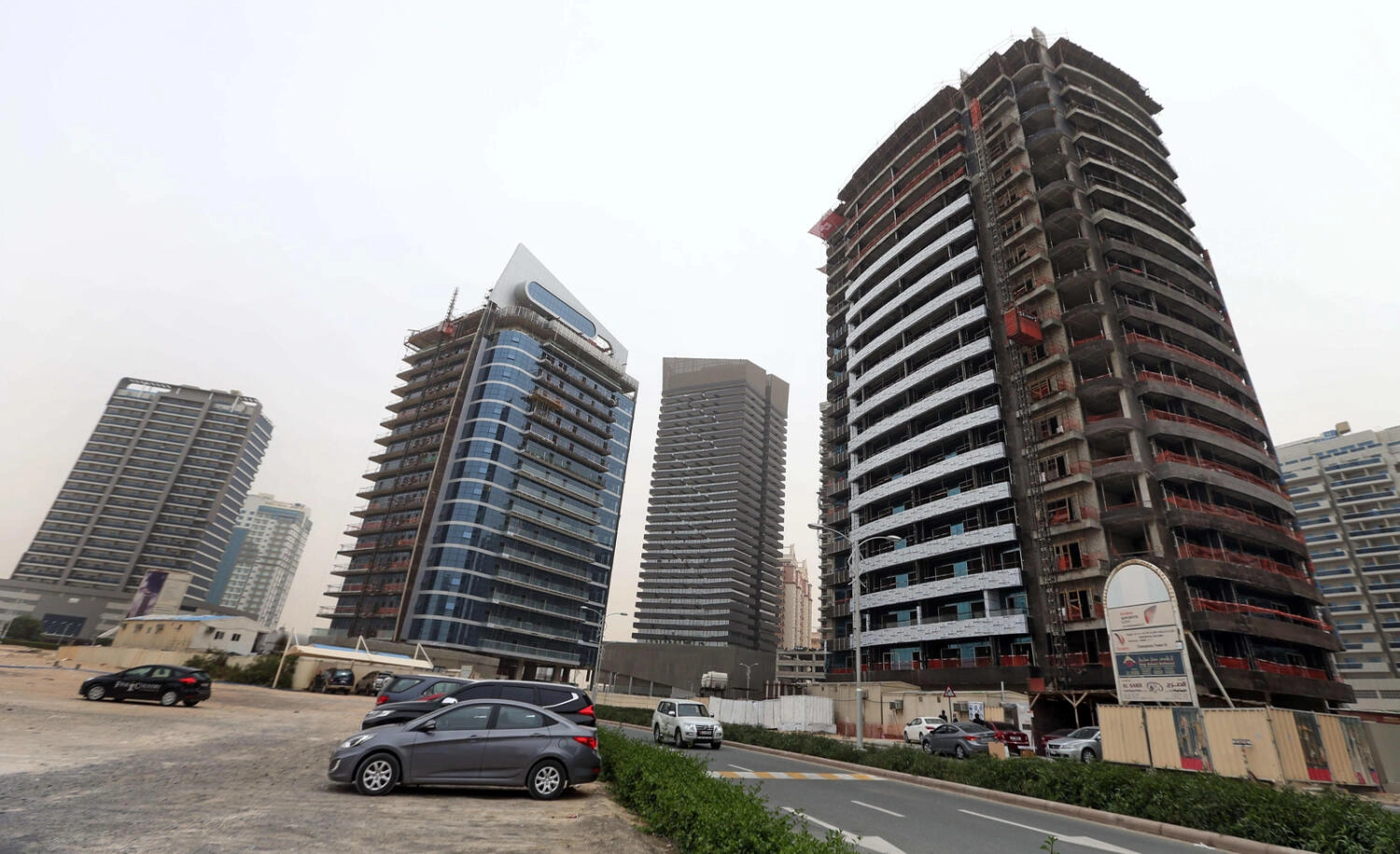Dubai’s second-tier areas are set to see significant growth in 2025, attracting residents from neighboring emirates. This shift is primarily due to increasing traffic congestion and rising rental costs in places like Sharjah, Ajman, and Abu Dhabi.
Why Residents Are Moving to Dubai
Many commuters spend 3–4 hours daily traveling between emirates, especially during weekdays. Rising rentals in nearby emirates, combined with the growing number of new properties in Dubai, are prompting many to relocate to the city to save on time and costs.
According to Fawaz Sous, CEO of Octa Properties, Dubai’s tier-2 communities like Jumeirah Village Circle (JVC), Arjan, Sports City, and Motor City will see a surge in demand. “In 2025, Dubai’s new property deliveries will exceed expectations, offering plenty of affordable options. This will attract residents from nearby emirates who will no longer need to commute,” he shared.
Rental Trends and Impact
Asteco’s data for Q3 2024 highlights the marginal rental differences between Dubai and neighboring emirates. For instance, a studio in Dubai’s International City costs AED 20,000 annually compared to AED 18,000 in Sharjah’s premium areas and AED 17,000 in Ajman. Considering fuel costs and time spent commuting, many are finding it practical to return to Dubai.
With over 40,700 new units delivered in 2024 and 120,000 under construction for 2025, property prices and rentals in Dubai’s tier-2 areas are expected to become even more competitive.
Shift from Old to New Dubai
The movement from older Dubai neighborhoods to newer communities will also continue. “It’s a natural trend. Residents prefer newer areas offering modern amenities,” Sous added.
Strong Drivers for Dubai’s Property Market
Key factors like safety, high rental returns, capital appreciation, and lifestyle benefits will remain significant in driving demand. Dubai’s transparent legal framework and continuously developing infrastructure, even during economic downturns, further support this growth.
Market Outlook
Despite real estate’s cyclical nature, Sous remains optimistic. He noted that while property prices are currently 15–20% higher than the 2014 peak, the quadrupling of transactions indicates a healthy market.
“Controlled pricing ensures long-term stability. It’s not a market to be cautious about unless transactions and pricing trends mismatch,” he explained.









